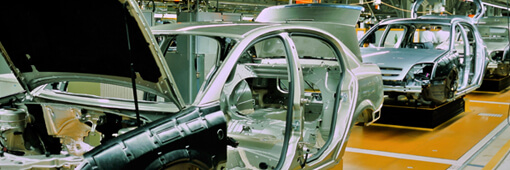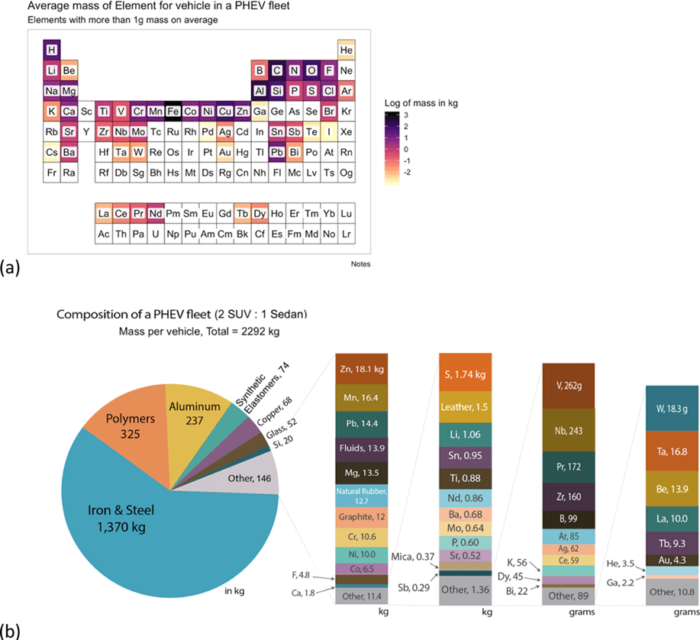
Since 1945, NSL Analytical has been relied upon as not only a provider of material testing and analysis, but also as a thought leader in our industry. Part of this responsibility includes curating content that may be useful, educational, or beneficial for other businesses and professionals. As part of this initiative, we’d like to share a fascinating study from MIT, the Massachusetts Institute of Technology, regarding potential automotive supply chain issues that you may find interesting.
Researchers at MIT quantified the materials that make up seven modern sedans and SUVs to identify potential automotive supply chain issues. The researchers collected the data as part of a study to examine impacts on supply chains due to electrification. The team reported their findings in Environmental Science and Technology: Bhuwalka, K., et al., Environ. Sci. Technol. 55, 14, 10097 (2021).
The researchers were able to identify 2,500 different chemical compounds and 76 elements contained in a range of internal combustion and electric vehicle types. The 76 elements represent 80% of all 94 naturally occurring elements! Not surprisingly, iron and steel account for the majority of vehicle mass, about 60%, followed by polymers (mostly carbon), aluminum, copper and silicon (elemental and in glass).

The goal of the MIT study was to identify any potential automotive supply chain issues. Regarding internal combustion vehicles, researchers found supply chain issues for elements found in transmission and exhaust components. Elements included in such areas include aluminum, copper and palladium. For electric vehicles, the researchers identified potential automotive supply chain issues for elements found in battery systems. Elements included in battery systems include cobalt, carbon (graphite), nickel, neodymium and gold.
Would you like material elements tested for your next project? Work with NSL regarding your material testing needs. Contact us to discuss your needs with our helpful team. We’d be happy to assist you!
Metal additive manufacturing has improved productivity by orders